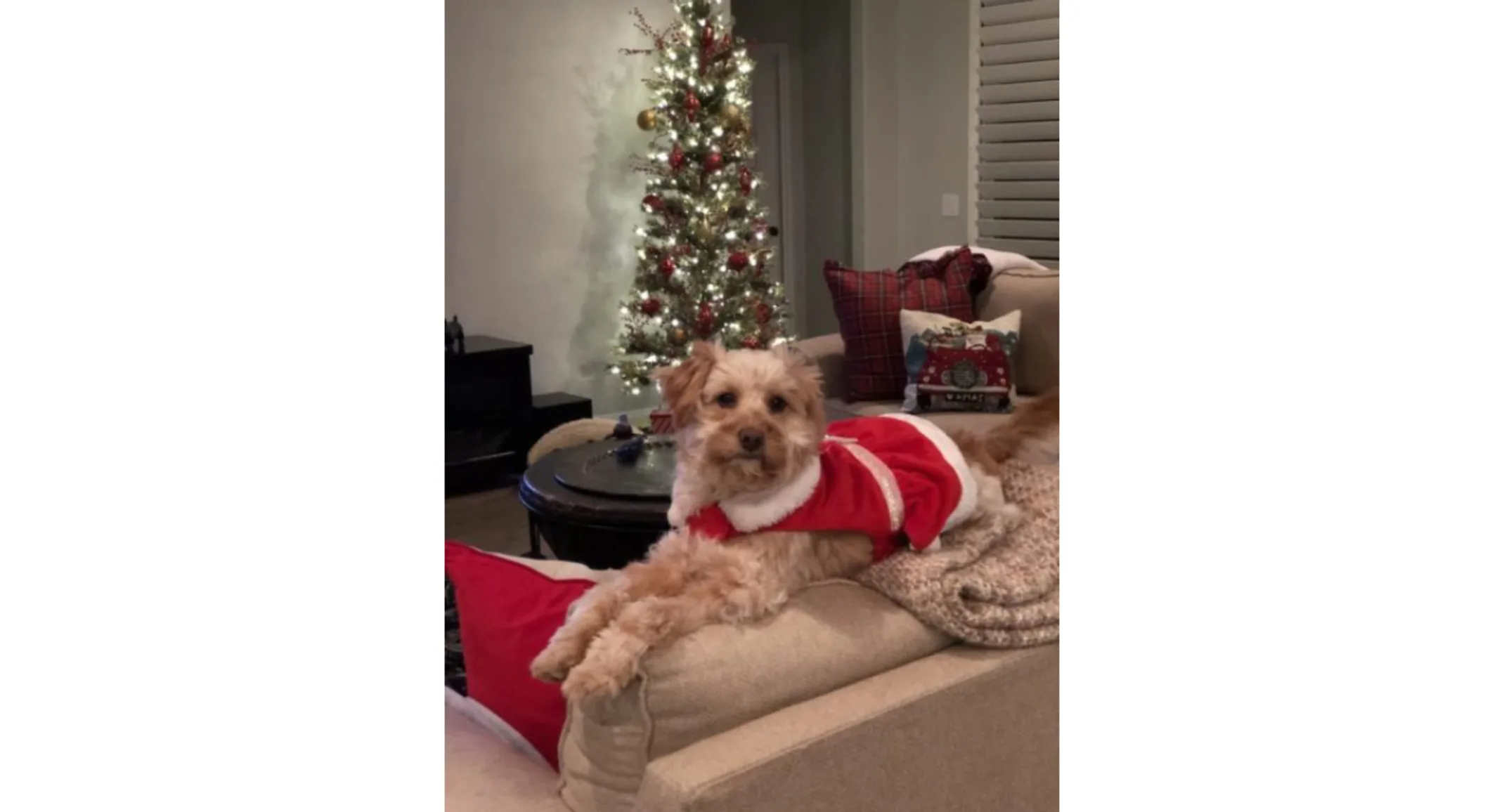Wound Care: Severe Burns
Surgery

By: Grayson Cole, DVM, DACVS, CCRP
Signalment:
Approximately 1-year-old intact female poodle mix
History:
Ember was in an apartment fire one week prior to presentation. The emergency clinic shaved over a pound of matted fur off of her and cleaned the burn wounds. They ran blood work which revealed anemia (26%), hypoalbuminemia (2.2) and elevated ALT and ALP at 166 and >2000 respectively. She was also heartworm positive. The remainder of the blood work was unremarkable. She was discharged with Denamarin, Gabapentin, Clavamox and SSD cream. Presented to GCVS Emergency due to concern for oozing of wounds and inappetence. No other known history, original owner surrendered her after the fire.

Physical Exam:
Depressed but responsive BCS 2/9 Necrotic skin from the forehead to the tail base- approximately 30% of her total body surface area (Rule of 9s of total body surface area: Each forelimb 9% Each hind limb 18% Head and Neck 9% Dorsal trunk 18% Ventral trunk 18%)
Diagnostics:
Thoracic radiographs were performed due to concern for smoke inhalation injury and were unremarkable
Surgical Plan:
Debridement until there is no new necrosis, followed by skin grafting
Adjunctive Therapy:
10 sessions of hyperbaric oxygen, NG tube with Vivonex supplementation, fluid therapy with electrolyte monitoring, antibiotic and analgesic treatment as well as oral iron supplementation
Pathophysiology:
Potential consequences of burns encompassing more than 20% surface area:
Hypovolemic shock
RBC destruction
Myocardial depression, arrhythmias, heart failure
Pneumonitis and acute respiratory insufficiency, pneumonia
Immunosuppression and/or sepsis
Acid base and electrolyte disturbances
Hepatic and/or renal failure, adrenal insufficiency
Gastrointestinal increase in permeability or ulceration
Hyperbaric Oxygen:
Therapeutic use of oxygen inhaled inside a chamber pressurized above atmospheric pressure
Purported benefits:
Increased plasma oxygen allows tissues to use oxygen not bound to hemoglobin (helpful in patients with anemia or carbon monoxide poisoning
Tissue hyperoxia improves collagen formation and angiogenesis
Relief of oxidative stress
Contraindications:
Pneumothorax, pulmonary blebs/bulla, upper respiratory infection, emphysema
Caution with seizure history and anxiety
Possible complications:
Pneumothorax
Middle ear trauma
Seizures
Oxygen toxicity
Chamber explosion
Outcome:
In-patient therapy until day 9 with once daily HBOT starting day 3, then outpatient therapy with daily HBOT with the exception of Sundays for a total of 10 treatments. All necrotic tissue debrided by day 22 post treatment. Skin grafting delayed for an additional month due to financial constraints (left pinna removed as used as a free graft)- all bloodwork abnormalities resolved by the time of grafting. Continued open wound management until day 100 post treatment when she returned to normal activity

Day 19 (after last HBOT)

Day 100

Ember had an amazing holiday season and new year!
